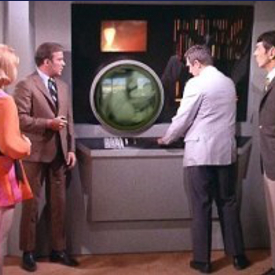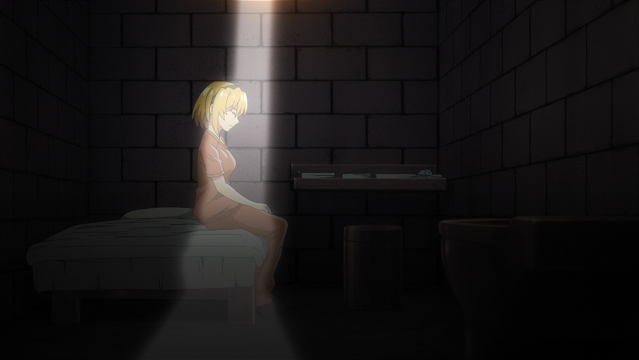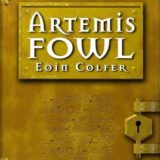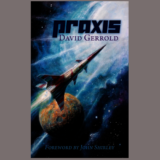
It started as an exercise in nostalgia for the days when seeing a genre movie on television was a big event. But along the way, it turned into an interesting look at how much our consumption of SF, horror and fantasy movies has changed in a generation or two.
I have been recreating the Saturday night double bills of genre movies which were once a summer institution for fans in the UK. I’m sure lots of people had similar experiences watching monster movies on their local stations in the US. In times gone by, these events were a chance to tick off some movies from our personal wish lists – to see films we had only read about in illustrated histories of the genre.
The UK double bills ran from 1975-81 before skipping a year and returning for a final time in 1983. In those days, Britain’s two main TV channels closed down at around midnight, like stern parents sending us off to bed at a time that was good for us. But BBC2 was like an indulgent babysitter who let us stay up into the early hours watching monster movies.
These seasons are popularly remembered as horror double bills, but the first one embraced SF and fantasy under the title Midnight Movie Fantastic. I was a bit too young to see this original season the first time around, but after consulting Wikipedia for a list of the original dates and titles, I set to work recreating it.
- August 2, 1975: The Cabinet of Dr Caligari (1919) and Quatermass 2 (US title: Enemy From Space, 1957). The season began with a German Expressionist classic – still weird, brilliant and observably influential nearly 100 years later, and inevitably haunted by the horrors that engulfed its country afterwards. BBC2 paired it with Hammer Films’ terrifically exciting adaptation of the SF TV serial in which corporate interests try to cover up an invasion of marauding aliens.
- August 9, 1975: The Tell Tale Heart (1960) and The Premature Burial (1962). Roger Corman’s surprisingly opulent and arty low-budget Poe adaptation, with Ray Milland, was in danger of being upstaged by the lesser-known half of the bill. The Tell Tale Heart, made in black and white in the UK, is a very stylish, surprisingly gory and sexual riff on its Poe source.
- August 16, 1975: Noah’s Ark (1928) and Man and His Mate (the GB title of One Million BC, 1940 The BBC’s print of Noah’s Ark ran barely 60 minutes; today we can see 108 minutes of it. It’s a “part-talkie”, in which the story of Noah’s Ark is intercut with a World War One drama – and both stories are powerfully executed. It’s said that three extras drowned during filming of the impressive flood sequences, which makes it a sort-of appropriate pairing with One Million BC – a prehistoric drama in which we seem to see several lizards die on-screen for the sake of the visual effects.
- August 23, 1975: This Island Earth (1955) and Barbarella (1968). The story may meander, but I much preferred the lushly-produced alien encounter drama This Island Earth to Barbarella. The latter gives us some striking designs but a limp narrative, weak visual effects and the uncomfortable notion that for Jane Fonda’s heroine, sexual emancipation means sexual availability to almost every man she meets.
- August 30, 1975: The Cat and the Canary (1939) and The Comedy of Terrors (1963). The Cat and the Canary is one of those rare comedy horrors that contains genuine laughs and genuine chills, even if it has aged somewhat. The Comedy of Terrors, with Vincent Price, Peter Lorre and Basil Rathbone overacting enjoyably, is relentless but often very amusing.
- September 6, 1975: The Beast With Five Fingers (1947) and The Maze (1954), The Beast With Five Fingers uses Warner Brothers’ best production values to build atmosphere during a slow build-up to the genuinely creepy climax featuring that disembodied hand. The Maze generates a lot of atmosphere on a smaller budget, but the mystery of the curse haunting a Scottish castle has a sadly risible solution.
My experiment in following genre movies 1970s-style was surprisingly hard work. I started by screening the films on the nearest Saturday to their original transmission date, at the exact same time they were broadcast. But too often I fell asleep during the second film, so I began relaxing the timetable. In the 1970s, you had to be really dedicated to follow the genre.

I sourced all the films successfully, but not without a bit of effort. Some are on DVD or Blu-ray, but others I found posted online by people who didn’t own the rights, while in some cases I had to buy DVDRs of unknown origin. Watching the genre is not just a question of calling up Netflix or Amazon Prime and finding your movie.
But by following the BBC2 prescription, I did discover some films I might never have watched otherwise. How many people today have seen Noah’s Ark, a bizarre attempt to draw parallels between the Great War and the Old Testament, with genuinely spectacular visual effects? Come to that, how many young genre fans have even settled down to watch the 99-year old The Cabinet of Caligari, even though its influence still resonates?
I’ve seen a fair few genre films, but in this experiment, I enjoyed some that I’d never seen, and experienced others in a new light.
Young film fans might find it difficult to imagine an era when people like me would eagerly scan the next week’s TV listings in the hope of spotting an SF or horror gem. Today, hundreds of titles are at our fingertips. But as this experiment reminded me, going back the 1970s has its rewards.










